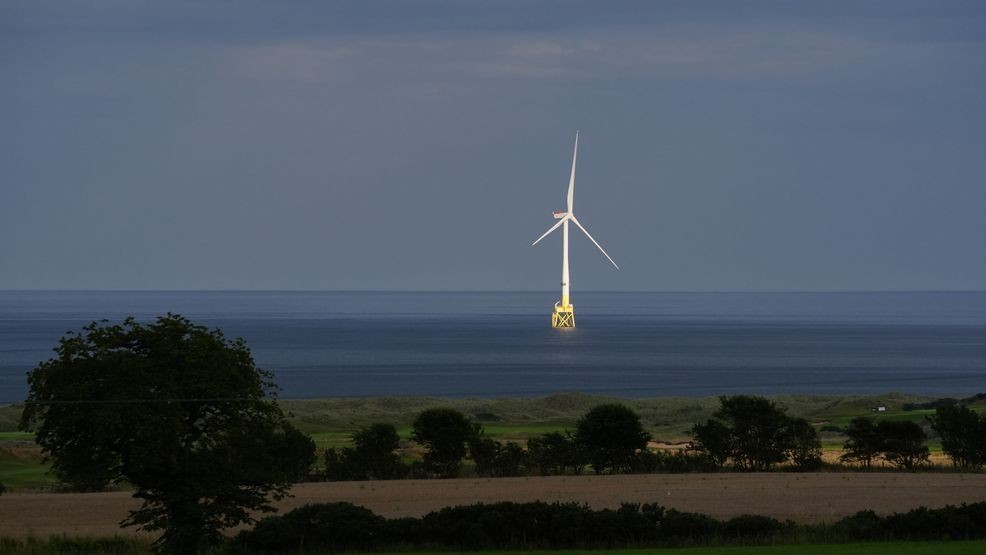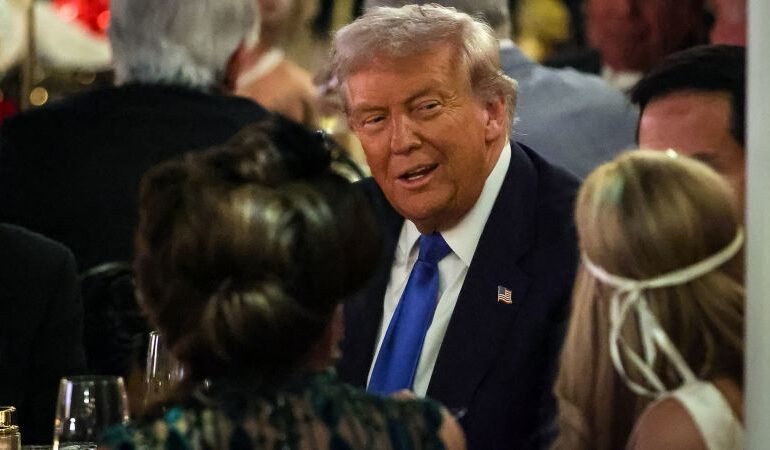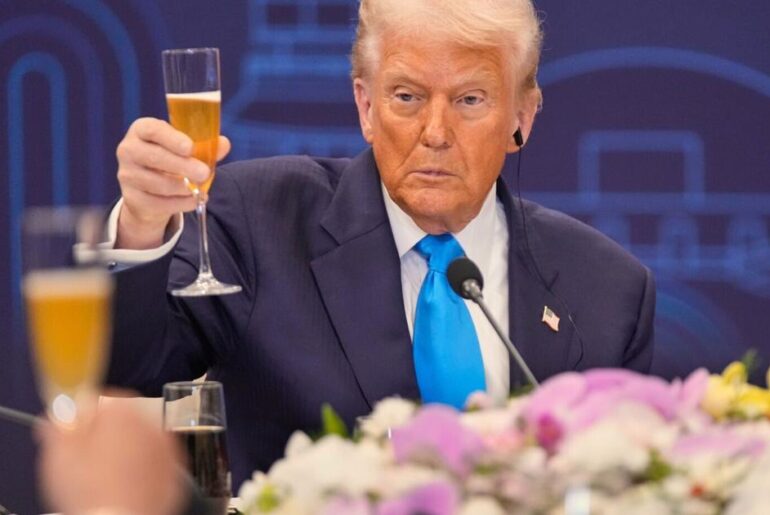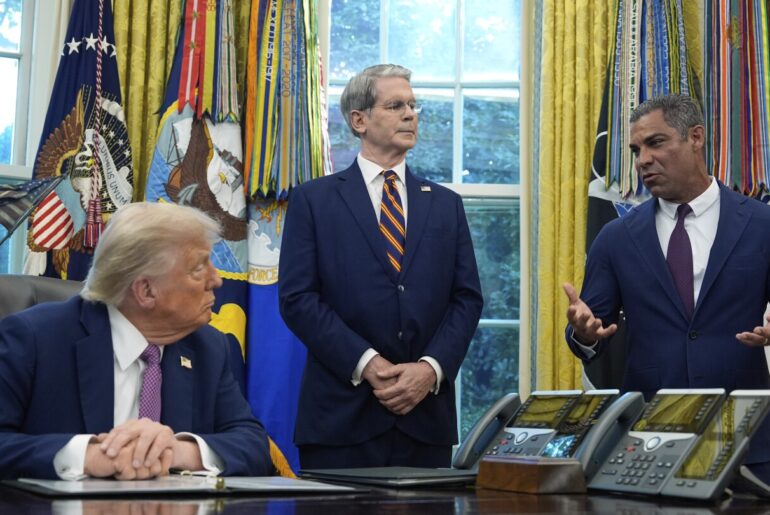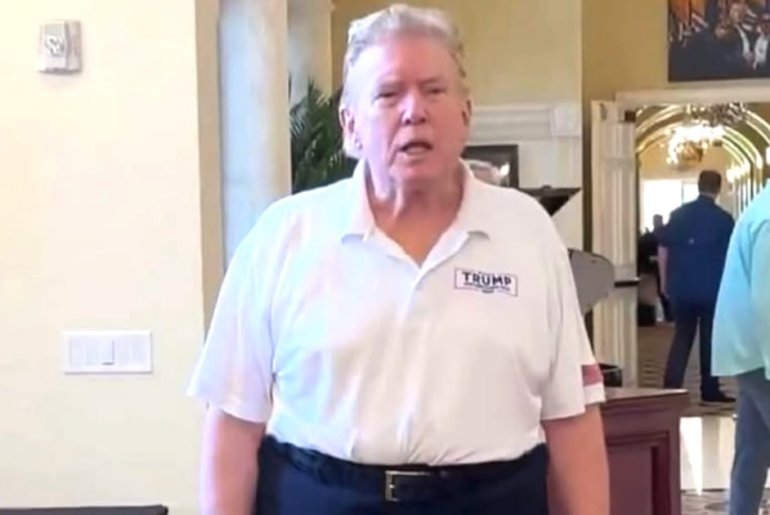WASHINGTON (TNND) — Electricity prices are climbing nationwide — up more than 5% in the past year, according to federal data — and projections show the trend continuing into 2026.
President Donald Trump is pointing the finger at renewable energy. In a Truth Social post this week, he claimed that states that rely heavily on “windmills and solar” are seeing “record breaking increases” in power bills, calling renewable energy “the scam of the century.”
Trump has long been a vocal criticof wind power. In Scotland last month, he called wind “the most expensive form of energy” and argued that turbines “destroy the beauty of your fields and your plains and your waterways.”
Members of his administration are backing up that stance. Interior Secretary Doug Burgum, in an interview with The National News Desk, described wind and solar as “intermittent” and “not reliable.” He also touted efforts by the administration to expand coal production, noting that new permits for mines in Montana, Wyoming, and Utah mark a return to traditional energy development.
Energy industry advocates share those concerns. “When you take affordable, reliable energy off the grid and you take it off the table as an option, you will see prices spike,” said Larry Behrens, communications director at Power the Future. He added that surging demand from artificial intelligence data centers is also likely to strain the grid in coming years.
Still, many experts argue that renewable energy is not the primary driver of rising costs. They point instead to a combination of factors, including extreme weather, higher demand from new technologies, and the retirement of older fossil fuel plants.
Clean energy supporters counter that states with high levels of wind generation, including Iowa, Kansas, and Oklahoma, have seen electricity prices rise more slowly than the national average — evidence, they say, that renewables can coexist with affordable power.
On Thursday, the Trump White House announced a trade investigation into imported wind turbines. The probe could lead to tariffs, which analysts warn would likely raise costs for offshore wind projects that depend heavily on foreign parts.

